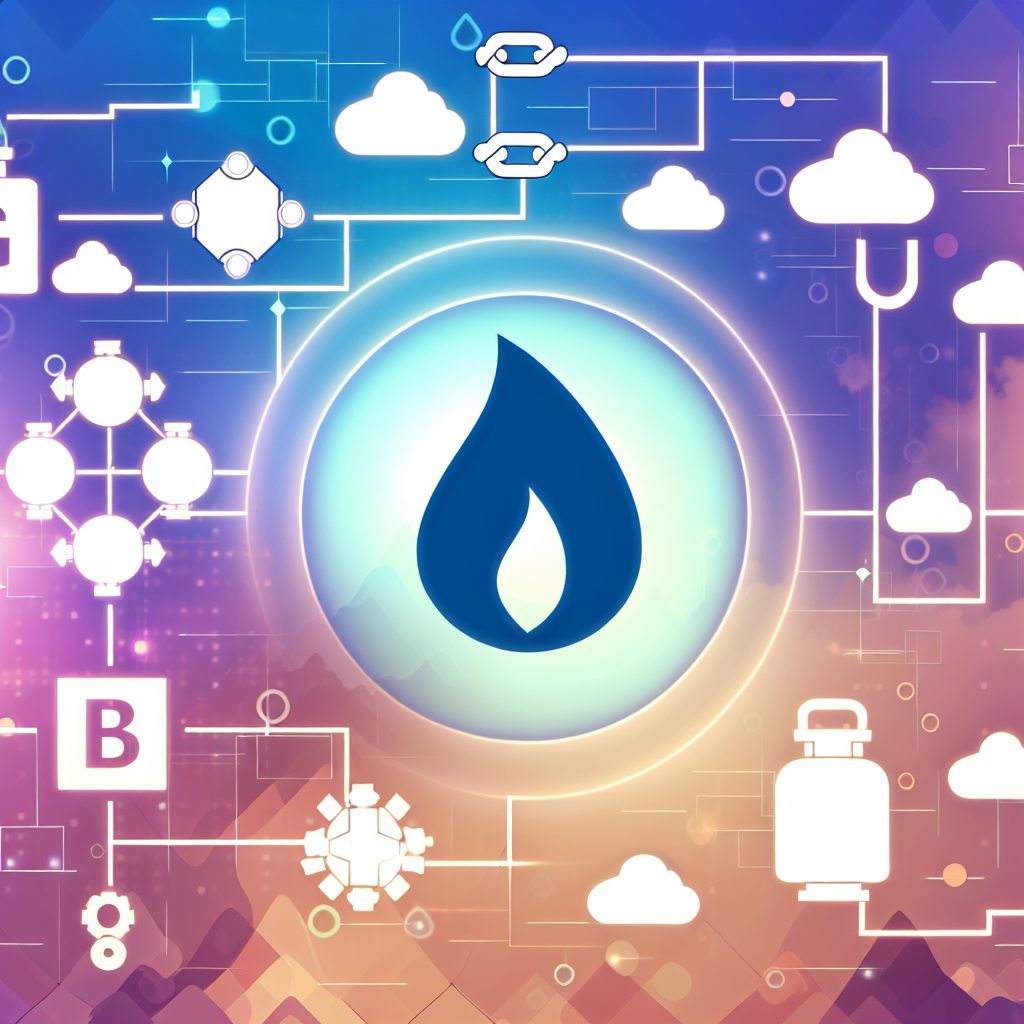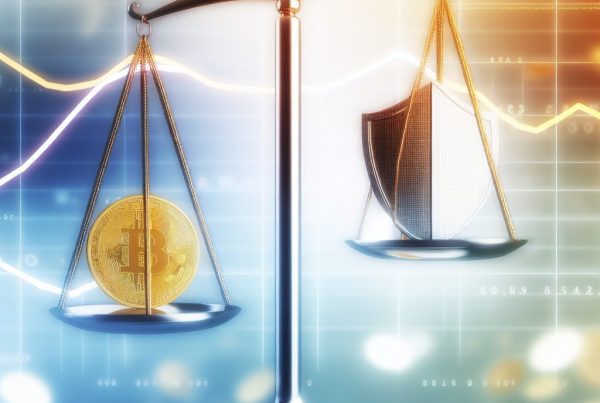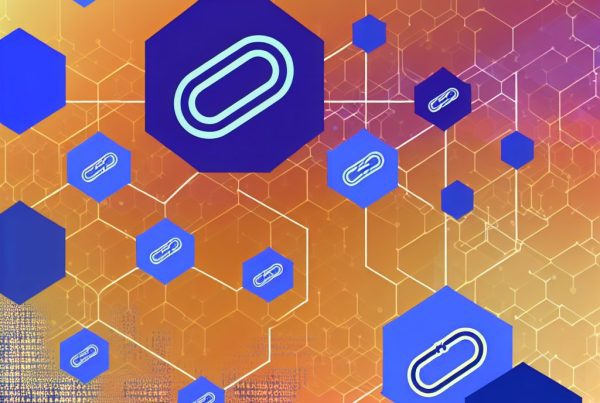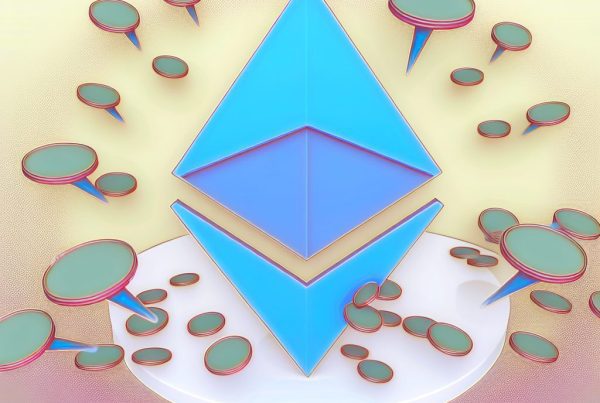Understanding Gas in Blockchain: A Comprehensive Guide
In the world of blockchain technology, the term gas is often mentioned, especially in the context of Ethereum and other smart contract platforms. But what exactly does gas mean, and why is it crucial for the functioning of blockchain networks? This article delves deep into the concept of gas, its significance, and its implications for users and developers in the cryptocurrency industry.
What is Gas?
Gas is a unit that measures the amount of computational effort required to execute operations on the Ethereum blockchain. It serves as a fee that users must pay to miners for processing transactions and executing smart contracts. The concept of gas is essential for maintaining the network’s efficiency and security.
In simpler terms, gas can be thought of as the fuel that powers transactions and smart contracts on the blockchain. Just as a car requires fuel to run, transactions on the Ethereum network require gas to be processed.
The Role of Gas in Ethereum Transactions
When a user initiates a transaction or executes a smart contract on Ethereum, they must specify a gas limit and a gas price. The gas limit is the maximum amount of gas the user is willing to spend on the transaction, while the gas price is the amount of Ether (ETH) the user is willing to pay per unit of gas.
Here’s how it works:
- Gas Limit: This is the maximum amount of gas a user is willing to use for a transaction. If the transaction requires more gas than the limit set, it will fail, and the user will lose the gas fee paid.
- Gas Price: This is the price per unit of gas, usually denominated in Gwei (1 Gwei = 0.000000001 ETH). Users can set higher gas prices to incentivize miners to prioritize their transactions.
For example, if a user sets a gas limit of 21,000 units and a gas price of 100 Gwei, the total transaction fee would be:

Total Fee = Gas Limit x Gas Price
Total Fee = 21,000 x 100 Gwei = 2,100,000 Gwei = 0.0021 ETH
Why is Gas Important?
Gas plays a vital role in the Ethereum ecosystem for several reasons:
- Resource Allocation: Gas ensures that computational resources are allocated efficiently. By requiring users to pay for the gas used, it prevents spam transactions that could clog the network.
- Incentivizing Miners: Miners are rewarded with gas fees for processing transactions. This incentivizes them to maintain the network and validate transactions.
- Transaction Prioritization: Users can set higher gas prices to prioritize their transactions. This is particularly important during times of network congestion.
Gas Fees and Network Congestion
Gas fees can fluctuate significantly based on network demand. During periods of high activity, such as during Initial Coin Offerings (ICOs) or popular NFT drops, gas prices can skyrocket. This can lead to users paying exorbitant fees to have their transactions processed quickly.
For instance, in May 2021, Ethereum gas fees reached an all-time high, with average transaction costs exceeding $70. This surge was primarily due to the popularity of decentralized finance (DeFi) applications and NFT marketplaces.
Gas in Other Blockchain Networks
While gas is most commonly associated with Ethereum, other blockchain networks have similar concepts:
- Binance Smart Chain (BSC): BSC uses a similar fee structure, where users pay transaction fees in BNB (Binance Coin).
- Polygon (MATIC): Polygon, a layer-2 scaling solution for Ethereum, also employs gas fees but at significantly lower rates compared to Ethereum.
- Solana: Solana uses a different model, where transaction fees are much lower, often just a fraction of a cent.
How to Optimize Gas Fees
For users looking to minimize their gas fees, several strategies can be employed:
- Timing Transactions: Monitor network activity and execute transactions during off-peak hours when gas prices are lower.
- Use Gas Trackers: Utilize tools like Etherscan Gas Tracker to check current gas prices and trends.
- Set Custom Gas Prices: Instead of accepting default gas prices, users can manually set their gas prices based on current market conditions.
Real-World Use Cases of Gas in Blockchain
Gas fees are not just a theoretical concept; they have real-world implications for users and developers alike. Here are some notable use cases:
- Decentralized Finance (DeFi): Platforms like Uniswap and Aave require gas fees for transactions, impacting user experience and profitability.
- Non-Fungible Tokens (NFTs): The minting and trading of NFTs on platforms like OpenSea involve gas fees, which can deter users during high fee periods.
- Gaming: Blockchain-based games often require gas for in-game transactions, affecting player engagement and monetization strategies.
Future of Gas in Blockchain
The future of gas in blockchain technology is likely to evolve as networks implement various scaling solutions. Ethereum 2.0, for instance, aims to reduce gas fees through its transition to a proof-of-stake consensus mechanism. Other layer-2 solutions, such as Optimistic Rollups and zk-Rollups, are also being developed to alleviate congestion and lower costs.
As the cryptocurrency industry continues to grow, understanding gas and its implications will be crucial for users and developers alike. Staying informed about gas prices and trends can help users make better decisions regarding their transactions.
FAQs About Gas in Blockchain
What happens if I set my gas limit too low?
If you set your gas limit too low, your transaction may fail, and you will lose the gas fee paid. It’s essential to estimate the required gas accurately based on the complexity of the transaction.
Can I get my gas fees back if my transaction fails?
No, gas fees are non-refundable. If a transaction fails, the gas used during the attempt is still paid to the miners.
How can I check current gas prices?
You can check current gas prices using various gas tracker tools, such as Etherscan Gas Tracker or Gas Now.
Are gas fees the same across all Ethereum transactions?
No, gas fees can vary significantly based on the complexity of the transaction. Simple transactions, like sending ETH, require less gas than executing complex smart contracts.
What is the impact of high gas fees on the Ethereum ecosystem?
High gas fees can deter users from participating in the network, leading to reduced transaction volume and potentially stifling innovation in decentralized applications.
Conclusion
Gas is a fundamental concept in the blockchain ecosystem, particularly within Ethereum. Understanding how gas works, its importance, and how to manage gas fees can significantly enhance your experience in the cryptocurrency space. As the industry evolves, staying informed about gas dynamics will be crucial for both users and developers.
For the latest updates on cryptocurrency news and price tracking, consider visiting Bitrabo. Follow me on social media for more insights: X, Instagram, and Threads.
Disclaimer: This article is for informational purposes only and should not be considered financial advice. Always do your own research before making investment decisions.
The Crypto Watchlist of the Week 🔎
Subscribe to receive expert-curated projects with real potential—plus trends, risks, and insights that matter. Get handpicked crypto projects, deep analysis & market updates delivered to you.


